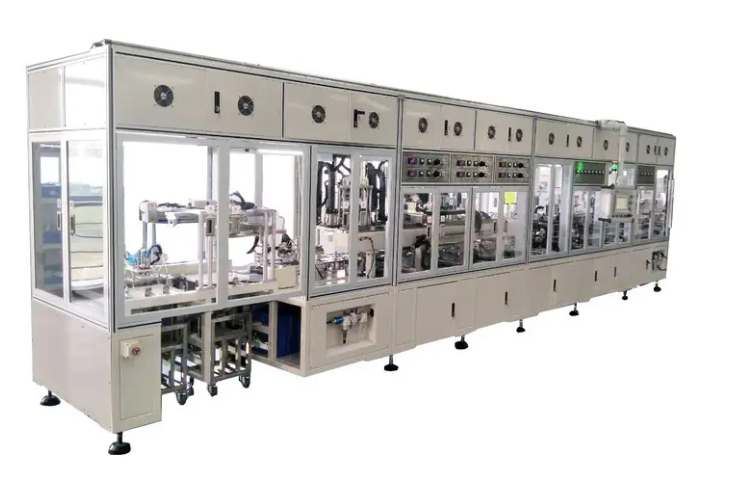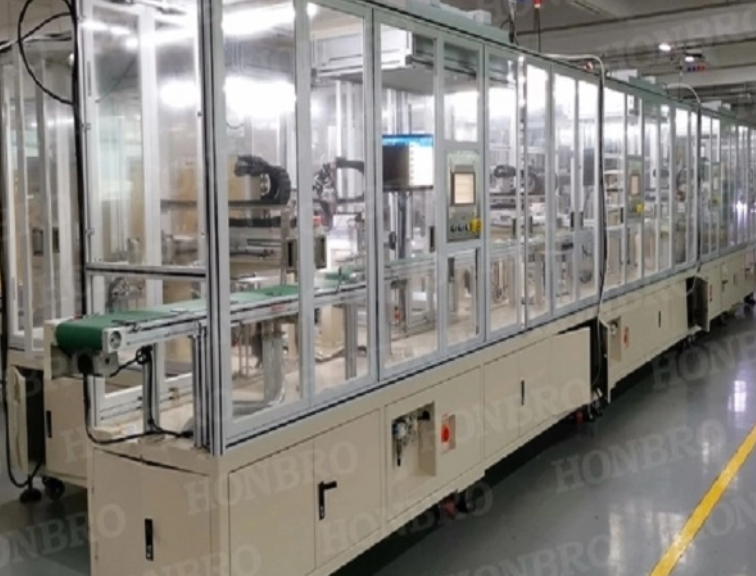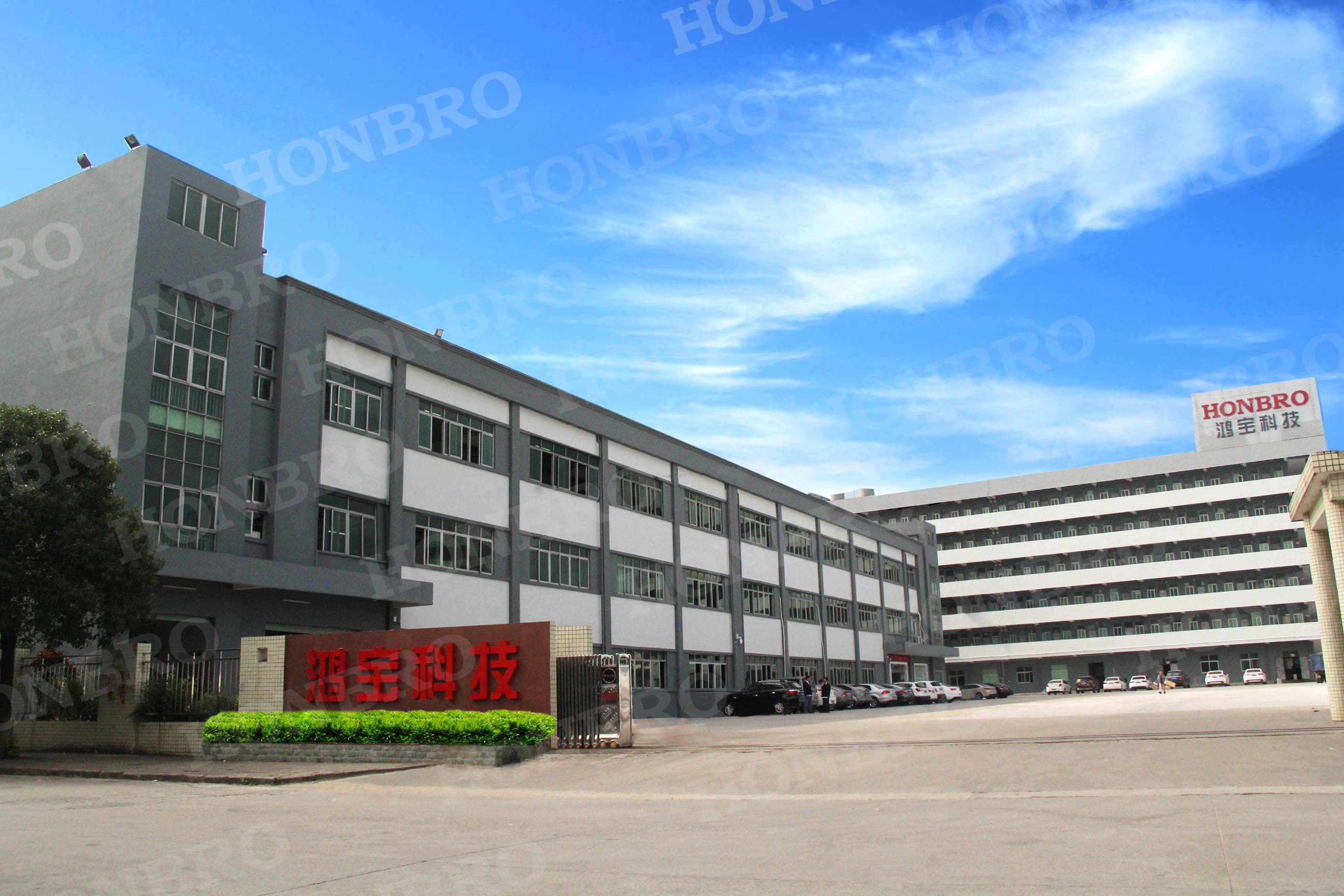Lithium-ion batteries power everything from electric vehicles to portable electronics. Their design is key to performance and safety. But what happens when packaging design isn't up to the task? Poor packaging can lead to battery failure, safety risks, and reduced lifespan. In this post, we'll explore the main challenges in lithium-ion battery packaging and the solutions that keep these powerful devices safe and reliable.
What is Lithium-Ion Battery Packaging?
Lithium-ion battery packaging refers to the protective casing that surrounds the cells inside a battery. It plays a crucial role in ensuring safety, performance, and longevity by preventing external damage and managing heat, pressure, and moisture. Packaging is key to protecting the battery from mechanical harm, reducing risks like overheating or leaks, and ensuring efficient energy storage.
There are two primary types of packaging used: hard-pack and soft-pack. Hard-pack packaging is rigid and durable, typically made from metal, offering strong protection but less flexibility. On the other hand, soft-pack packaging uses flexible, laminated films, providing a lightweight and compact solution. The flexibility of soft-pack designs allows for better energy density and more efficient use of space, which is why it's gaining popularity, especially in devices like electric vehicles and portable electronics.
Key Design Challenges in Lithium-Ion Battery Packaging
Mechanical Protection
Lithium-ion batteries are sensitive to external damage. Any impact or physical pressure can compromise their internal components, leading to failures or safety risks. Soft-pack packaging, though lightweight and flexible, offers less physical protection compared to hard-pack designs. For this reason, external housing and module design are critical. A well-designed case or protective structure ensures the battery remains intact even in rough conditions.
Heat Sealing Defects
Heat sealing is the process used to secure the packaging around lithium-ion battery cells. During this process, the edges of the packaging are melted and fused together to form an airtight seal. If the seal is imperfect, it can lead to defects such as moisture or gas leaks, or even thermal runaway. These issues can drastically affect battery performance and safety. Perfect heat sealing is crucial because any breach can compromise the battery’s integrity, leading to potential hazards like overheating or fire.
Swelling and Gas Generation
During charging and discharging, lithium-ion batteries can generate gases as a byproduct. If this gas isn't properly managed, it can cause the pouch packaging to swell, potentially rupturing and leading to catastrophic failure. Managing this gas buildup is essential.
Moisture and Oxygen Invasion
Moisture and oxygen are detrimental to lithium-ion batteries. They can degrade the internal chemistry, leading to reduced capacity and a higher risk of failure. Even small amounts of water or air can cause the battery to underperform or fail prematurely. Effective packaging must ensure a tight seal to prevent moisture and oxygen from getting inside.
Tab Sealing Issues
Tabs are essential parts of the battery that connect to the terminals and allow the flow of electricity. Proper sealing of tabs through the packaging is a challenge because it creates potential leak points. If these tabs aren't sealed properly, they can allow moisture or other contaminants to enter, compromising the battery. Advanced tab sealing techniques and high-quality materials are used to ensure these critical parts stay leak-proof and secure.
Solutions to Packaging Challenges in Lithium-Ion Batteries
Multi-Layer Pouch Films
Multi-layer pouch films enhance battery packaging by providing stronger, more durable protection. These films use layers of materials like nylon, aluminum, and polypropylene to form a barrier that prevents moisture, air, and physical damage. The combination of these materials helps improve the film's overall strength and resistance to external factors. By using multi-layer films, soft-pack batteries benefit from enhanced protection without increasing weight, making them ideal for lightweight, space-efficient designs.

Advanced Heat Sealing Techniques
Modern heat sealing technologies offer precise control over the sealing process. By adjusting the temperature and pressure, manufacturers can create stronger, more consistent seals. This ensures better protection against leaks and damage. Real-time monitoring during the sealing process detects weak spots, allowing for immediate adjustments before defects occur. These techniques are crucial to ensuring the battery remains airtight and safe throughout its lifecycle.
Pressure Relief Designs
Pressure relief valves are key components in managing the internal pressure of lithium-ion batteries. As gas can build up during charging or discharging, the valve allows the pressure to release in a controlled manner, preventing pouch rupture. Additionally, design strategies like venting channels and flexible packaging materials help batteries handle pressure fluctuations safely, ensuring the battery's integrity over time.
Improved Tab Designs
Tabs are the electrical connection points in batteries, but they are also common sources of leakage. Innovations in tab sealing, such as using corrosion-resistant materials and multi-step sealing techniques, improve durability and prevent leaks. These advancements ensure that tabs remain securely sealed, even under stress, reducing the risk of moisture infiltration and enhancing the battery's overall performance.

Dry Room Manufacturing
Manufacturing soft-pack lithium-ion batteries in ultra-dry environments helps prevent moisture contamination, which can degrade battery performance. Controlling humidity during assembly ensures that moisture doesn't enter the packaging or affect the cells. This meticulous control of the environment ensures a stronger, longer-lasting battery and significantly reduces the risk of defects due to moisture.
Smart Packaging Solutions
Smart packaging is a game changer in lithium-ion battery design. These technologies embed sensors that monitor critical parameters like temperature, pressure, and humidity. With real-time data, manufacturers can ensure that each battery is operating within safe limits. By integrating sensors, smart packaging improves safety and performance, making it easier to detect potential issues before they become serious problems.
How to Test Lithium-Ion Battery Packaging Integrity
Testing the integrity of lithium-ion battery packaging is crucial to ensure safety and performance. A small defect in the packaging can lead to serious issues, such as leaks, overheating, or even fire. Rigorous testing methods help identify weak spots before the battery reaches the market.
Common Testing Methods
1. Helium Leak Testing: This method detects tiny leaks by filling the battery packaging with helium and checking for any escaping gas. It ensures the seal is airtight, preventing moisture and contaminants from entering.
2. Peel Strength Tests: These tests measure how strongly the layers of packaging adhere to each other. Weak bonding could lead to the packaging separating over time, compromising the battery's safety.
3. Accelerated Aging: To simulate long-term use, this test subjects the battery packaging to extreme conditions like high temperatures or humidity. This helps predict how the material will hold up during the battery's lifespan.
4. X-ray Inspection: X-ray scans detect structural defects inside the packaging, such as air pockets or misalignments. It helps manufacturers identify potential problems without having to open the battery.
Why Regular Quality Control Checks are Essential
Regular quality control checks are critical to maintaining the reliability and safety of lithium-ion batteries. Even small imperfections in packaging can lead to catastrophic failure, which is why testing should be continuous throughout the manufacturing process. Consistent testing helps catch issues early, ensuring that only the safest and most reliable products are shipped to consumers.
Latest Trends in Lithium-Ion Battery Packaging
Laser Sealing
Laser sealing technology is a game changer for battery packaging. It provides greater precision and less damage to the pouch compared to traditional methods. By using focused laser beams to create airtight seals, manufacturers can ensure a more consistent and cleaner seal. This is an improvement over older sealing techniques, which can cause imperfections, leading to leaks or weaker bonds. Laser sealing ensures a higher-quality and safer packaging solution for lithium-ion batteries.
Solid-State Batteries
Solid-state batteries require a different approach to packaging. Unlike conventional lithium-ion batteries, which use liquid electrolytes, solid-state batteries use a solid electrolyte, which demands specialized packaging to manage heat, pressure, and moisture. The rigid nature of solid-state batteries means that traditional pouch packaging may not be suitable. New designs focus on ensuring the safety and stability of these next-generation batteries, addressing unique challenges in sealing and protection.
Eco-Friendly Materials
Sustainability is becoming a critical factor in battery packaging design. There's an increasing focus on developing recyclable pouch films and eco-friendly materials to reduce the environmental impact of battery production. Manufacturers are now exploring biodegradable materials and recyclable polymers to minimize waste. This shift towards greener alternatives ensures that batteries contribute less to environmental pollution and help meet global sustainability goals.
Nanotechnology in Packaging
Nanotechnology is pushing the boundaries of battery packaging. By integrating nanomaterials, manufacturers can create stronger and thinner barrier films. These films offer better protection while being lightweight and space-efficient. In the future, advancements in nanotechnology could lead to even stronger materials that provide better resistance to heat, pressure, and physical damage, making lithium-ion battery packaging safer and more durable.
Conclusion
Lithium-ion battery packaging faces challenges such as mechanical protection, heat sealing, and moisture invasion. Solutions like multi-layer films, advanced sealing techniques, and smart packaging help address these issues. Continued innovation is essential to improving safety and performance. Honbro has years of experience in production and packaging of Lithium-ion battery. Therefore, If you have any questions about lithium batteries, feel free to contact us anytime with your inguiries.

FAQ
Q: What is the role of packaging in lithium-ion batteries?
A: The packaging of lithium-ion batteries protects the cells from physical damage, prevents moisture and oxygen intrusion, manages heat, and ensures the safety and longevity of the battery.
Q: How can battery packaging prevent thermal runaway?
A: Battery packaging prevents thermal runaway by incorporating advanced sealing technologies, using materials that manage heat, and integrating pressure relief designs to mitigate risks associated with overheating.
Q: How is thermal management handled in battery packaging?
A: Thermal management is achieved through the use of thermal pads, cooling plates, and phase change materials, along with airflow or liquid cooling in larger applications like electric vehicles.
Q: Why are moisture and oxygen control crucial in battery packaging?
A: Moisture and oxygen can degrade battery performance and safety, so effective barrier films and tight sealing techniques are used to prevent their intrusion and maintain battery integrity.







